The air grows crisp, and leaves turn vibrant as autumn arrives. A unique trend is sweeping the Halloween season – the blue pumpkins. These gourds are becoming symbols of inclusion for those on the autism spectrum.
Blue pumpkins have become a beacon for trick-or-treaters and homeowners. They signal that the child may have special needs or be on the autism spectrum. The blue pumpkin campaign promotes empathy, patience, and understanding during Halloween.
Embracing blue pumpkins this fall can change lives. It’s for parents, caregivers, and community members alike. Let’s delve into the history, benefits, and inspiring stories of this symbol of inclusion and acceptance.
The History of Blue Pumpkins
The blue pumpkin trend has become very popular in recent years. It started with a few viral social media posts. The idea is to use blue pumpkins as a symbol for children with autism or special needs.
This symbol helps because it lets others know that a child might not say “Trick or Treat” like others. The goal is to promote kindness and understanding towards children who may seem or act differently.
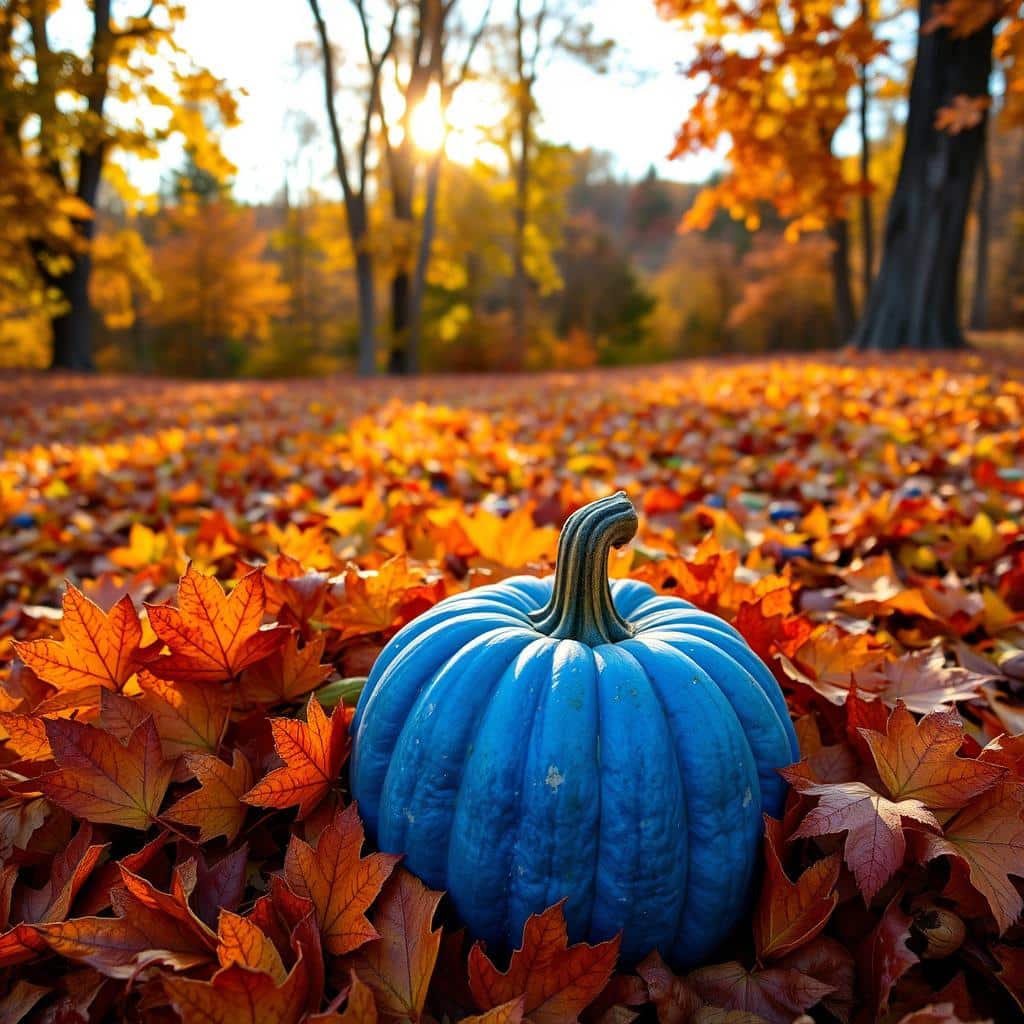
Origins and Meaning Behind Blue Pumpkins
Blue pumpkins are actually ‘Cucurbita Maxima’ and can grow quite large. They can be 15 cm to 25 cm in diameter and weigh 6 to 10 pounds. These pumpkins are full of fiber, vitamins, and minerals.
The Queensland Blue pumpkin was brought to the United States in 1932. Now, you can find them at farmer’s markets and specialty stores in Australia, New Zealand, and the United States.
Since 2019, blue pumpkins have become a symbol for autism awareness. With 1 in 54 children in the U.S. having autism, blue pumpkins help signal that a child has autism or other developmental disabilities.
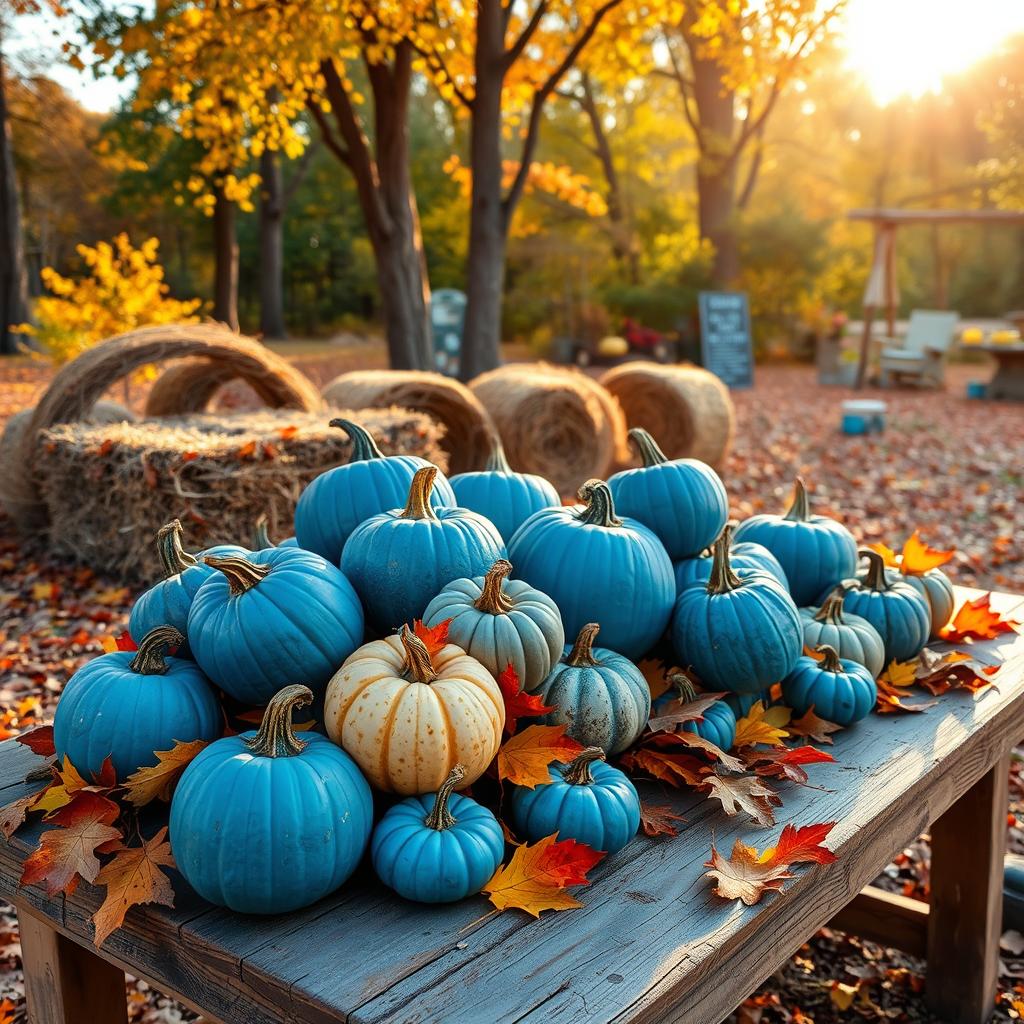
Pros of Using Blue Pumpkins
Benefits for Families with Autistic Children
Supporters of the blue pumpkin campaign say it helps families with autistic kids a lot. A blue pumpkin outside a house tells homeowners to be gentle and welcoming. This makes parents of autistic children feel more relaxed, as they don’t have to worry about their kids getting upset.
Also, homes with blue pumpkins show they’re ready for trick-or-treaters with autism. Halloween can be very scary for these kids because of all the noise and lights. But, a blue pumpkin means the house is safe and friendly, making Halloween better for them.
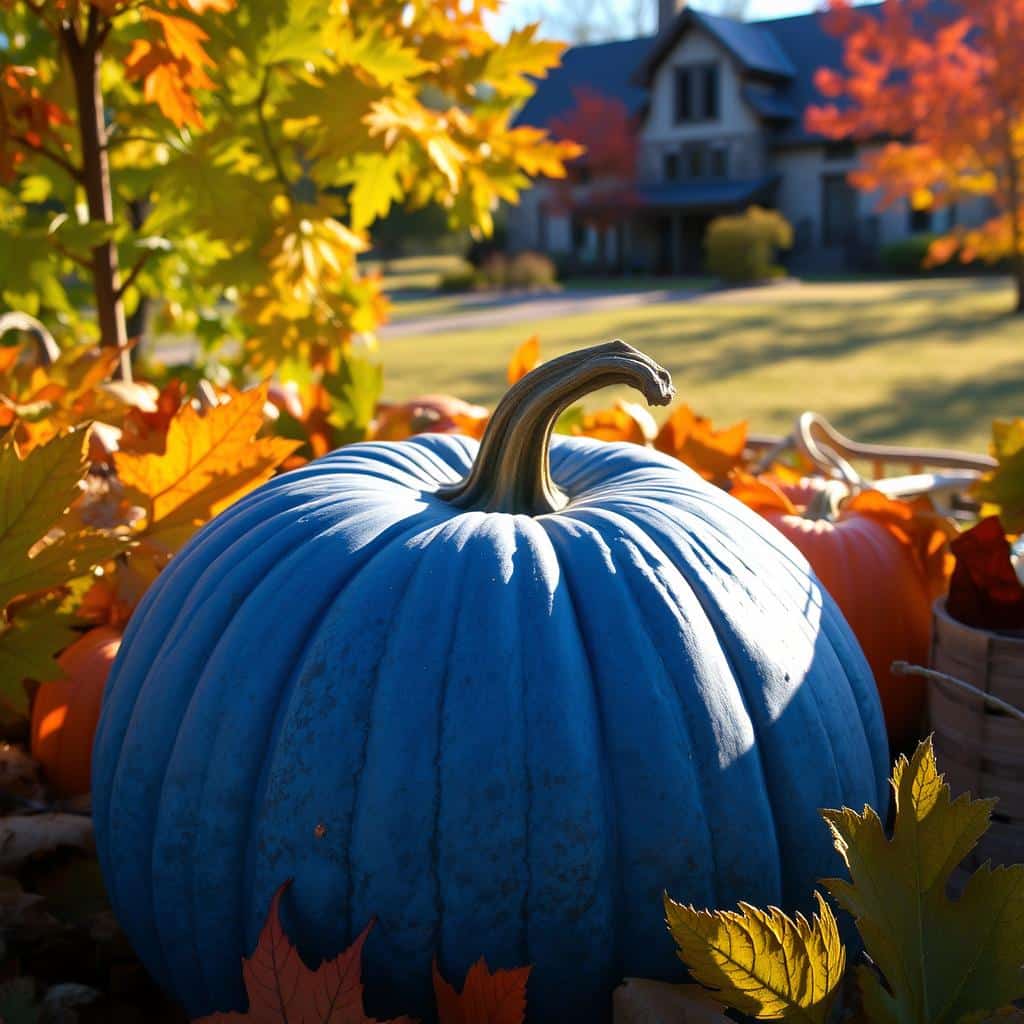
The blue pumpkin idea wants to make Halloween better for kids with autism. It helps them enjoy the holiday in a way that feels safe and fun for them. By creating welcoming spaces, blue pumpkins can really help autistic families have a great Halloween.
Cons of Blue Pumpkins
The blue pumpkin initiative aims to raise autism awareness. Yet, it has sparked criticism. Some families worry about publicly showing their child’s autism. They fear their kids might face bullying or mistreatment.
Moreover, the color blue is tied to Autism Speaks, which some in the autism community criticize. The need to tell blue pumpkins apart from blue-green ones adds complexity. It could make the tradition harder to follow.
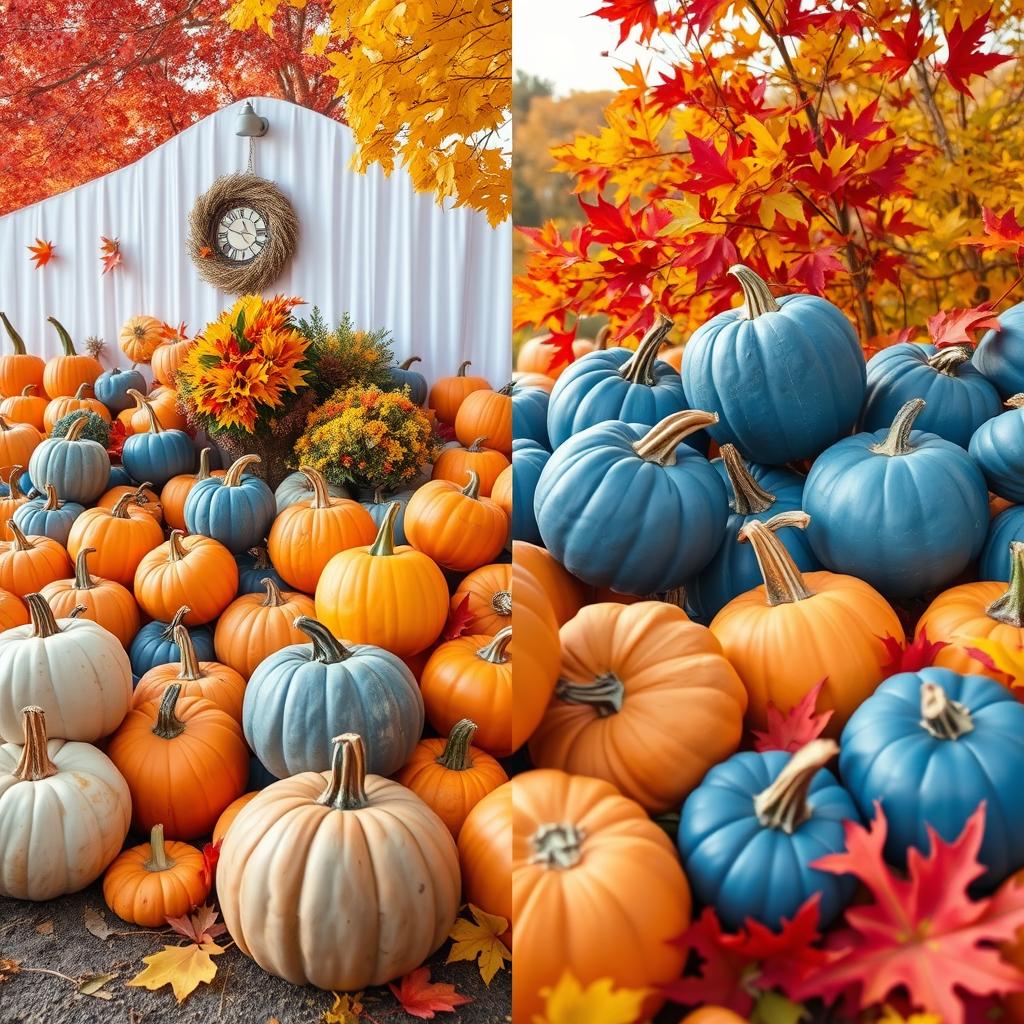
The debate over blue pumpkins shows we must balance awareness with respect for privacy. It’s key to think about the possible downsides. We should aim to support and empower the autistic community in meaningful ways.
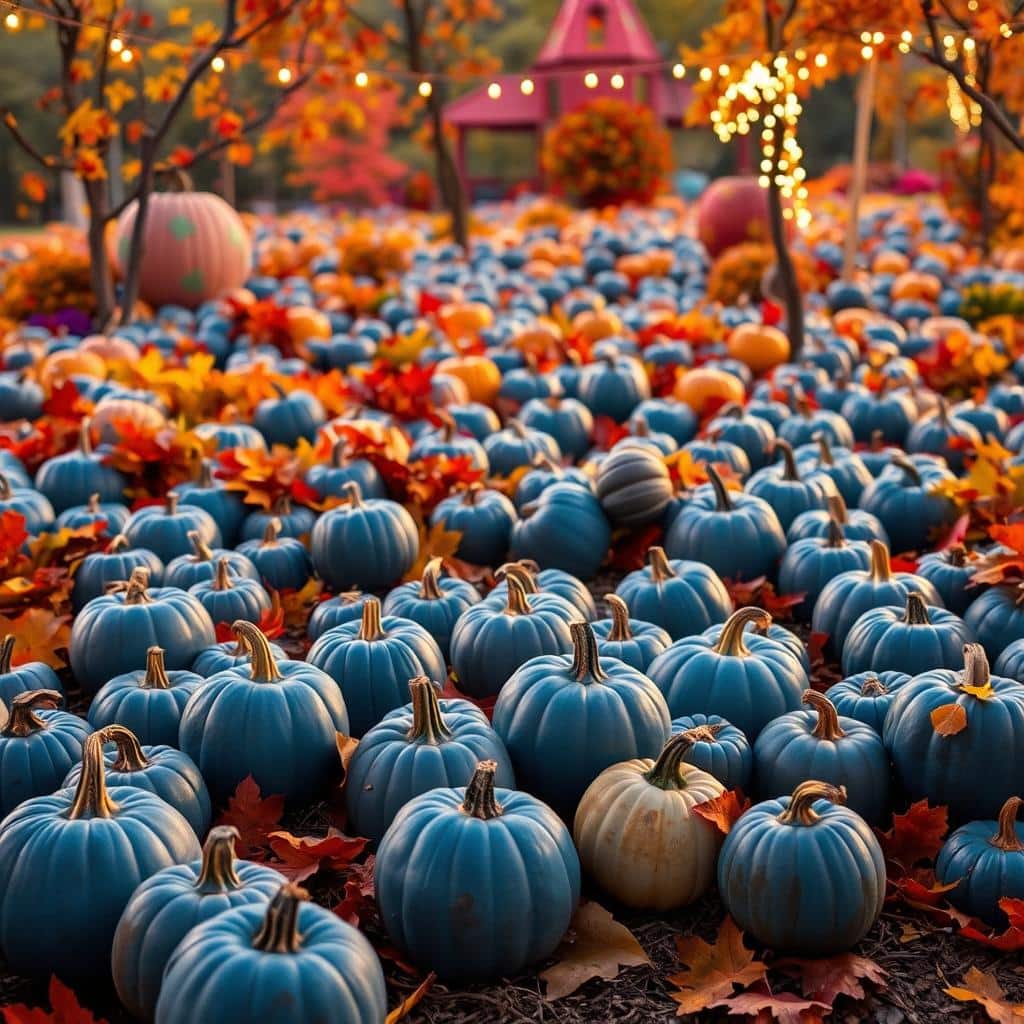
The idea of using blue pumpkins to signify non-verbal children has started important discussions. It’s about involving autistic individuals in shaping awareness campaigns. This ensures the initiatives truly meet the needs and perspectives of the community.
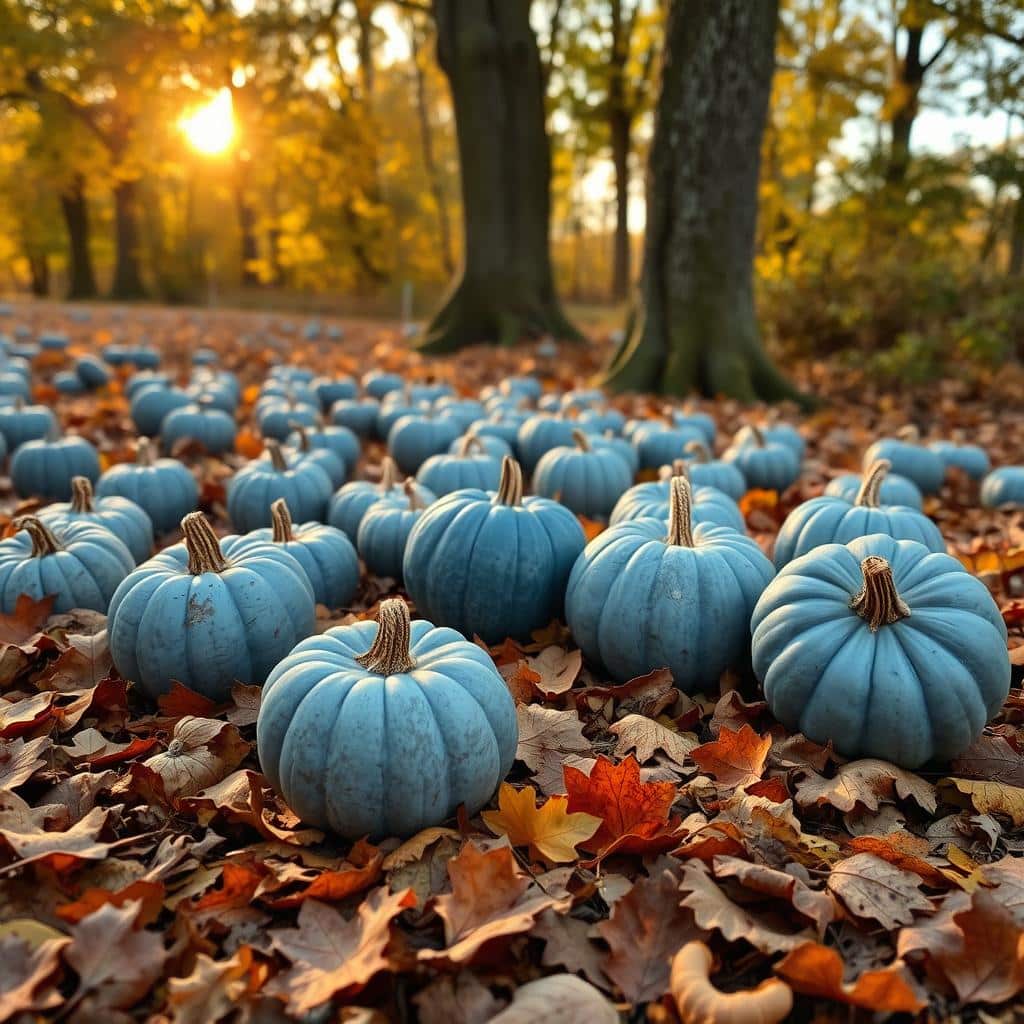
The blue pumpkin movement is growing, but finding the right balance is key. It’s important to raise autism awareness and make Halloween inclusive without invading privacy. The ongoing dialogue within the community will shape the future of this initiative. It will ensure it benefits non-verbal or atypical trick-or-treaters and their families.
Creating a Sensory-Friendly Halloween
This Halloween, families and communities are working hard to make the holiday more welcoming for kids on the autism spectrum. They’re not just using blue pumpkins to show they’re autism-friendly. They’re also making Halloween a place where everyone can enjoy themselves.
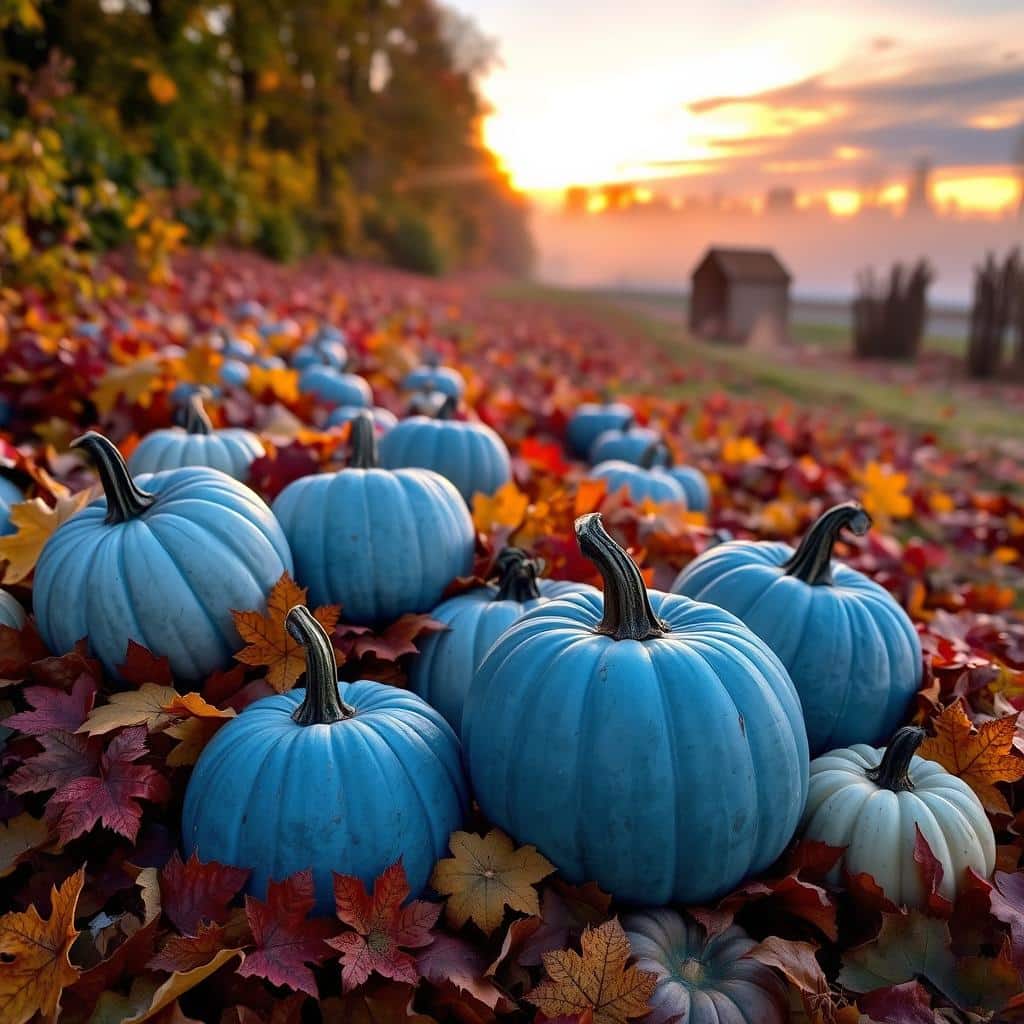
Homes with blue pumpkins are a sign of a safe, calm place. They have no loud music, scary decorations, or unexpected visitors. The aim is to make trick-or-treating fun for all kids, no matter their special needs.
Some areas even offer free “Trick or Treat” cards for kids with autism. These cards help them tell others they need a break or some space without having to speak.
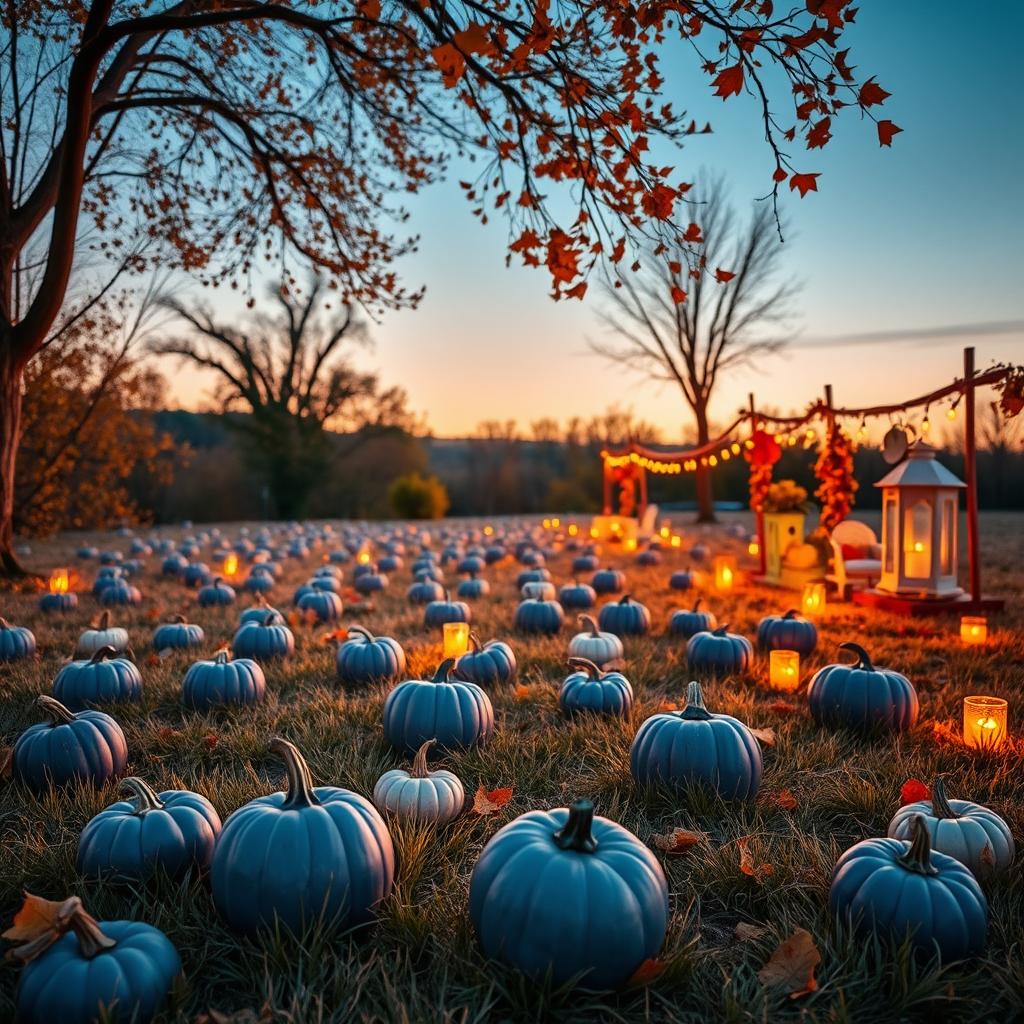
Keeping everyone safe is a top priority. Tips include keeping pets inside, removing things that could trip you up, and making sure there’s enough light. It’s also a good idea to go trick-or-treating with your child and stick to well-lit streets.
By making Halloween sensory-friendly, we’re creating a place where every child can join in the fun. It’s all about making sure everyone feels included and safe.
Blue Pumpkin Arts and Crafts
Fall Watercolor Tutorial – Painting Blue Pumpkins
Blue pumpkins have inspired many artists. In a fall watercolor tutorial, artist Mou Saha shows how to paint Jarrahdale blue pumpkins. She guides viewers through the steps, highlighting the beauty of these gourds.
Mou’s tutorial is a step-by-step guide to painting blue pumpkins. She uses blues and autumnal colors to create a stunning watercolor. This encourages viewers to explore their artistic side and bring blue pumpkins into their homes.
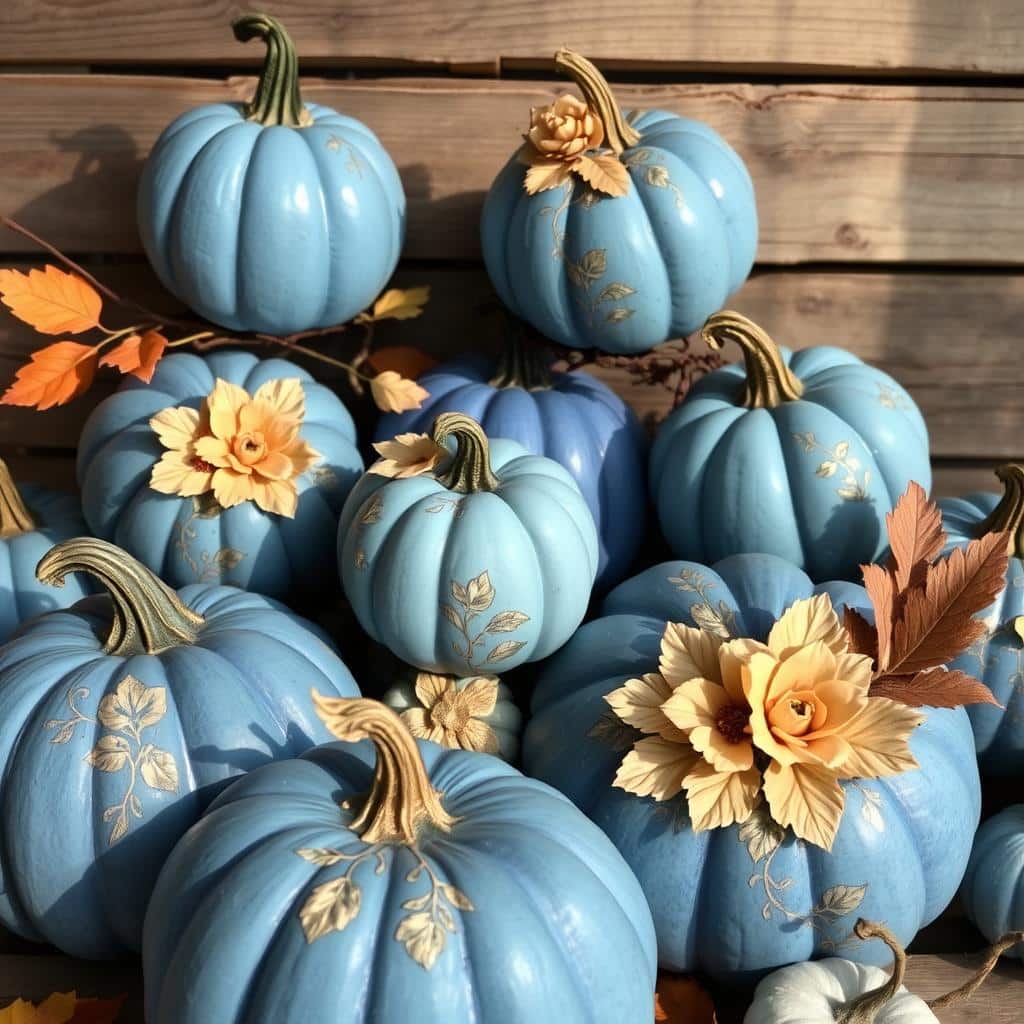
Mou’s tutorial is perfect for both experienced and beginner watercolor artists. It’s a chance to capture the essence of fall. By painting blue pumpkins, you can add a unique touch to your autumn decor. So, get your brushes ready and let blue pumpkins inspire your next masterpiece.
Alternatives to Blue Pumpkins
Blue pumpkins have become a symbol for autism awareness and inclusive Halloween. But, they might not work for every family. Some say blue is too obvious and might not connect with autistic kids, who think in concrete terms. Others worry that blue pumpkins could make kids feel different or stigmatized.
So, people are looking for other ways to make Halloween welcoming for everyone. One idea is to focus on kindness and awareness for all trick-or-treaters. This means encouraging kids to use gestures or signs to ask for candy, without feeling left out.
Another option is to use different blue pumpkins, like Jarrahdale or Queensland Blue. These pumpkins come in blue, green, and grey. They offer a natural way to show inclusivity without the risk of stigma. Plus, they’re great for fall crafts and decorations, making Halloween more fun for everyone.
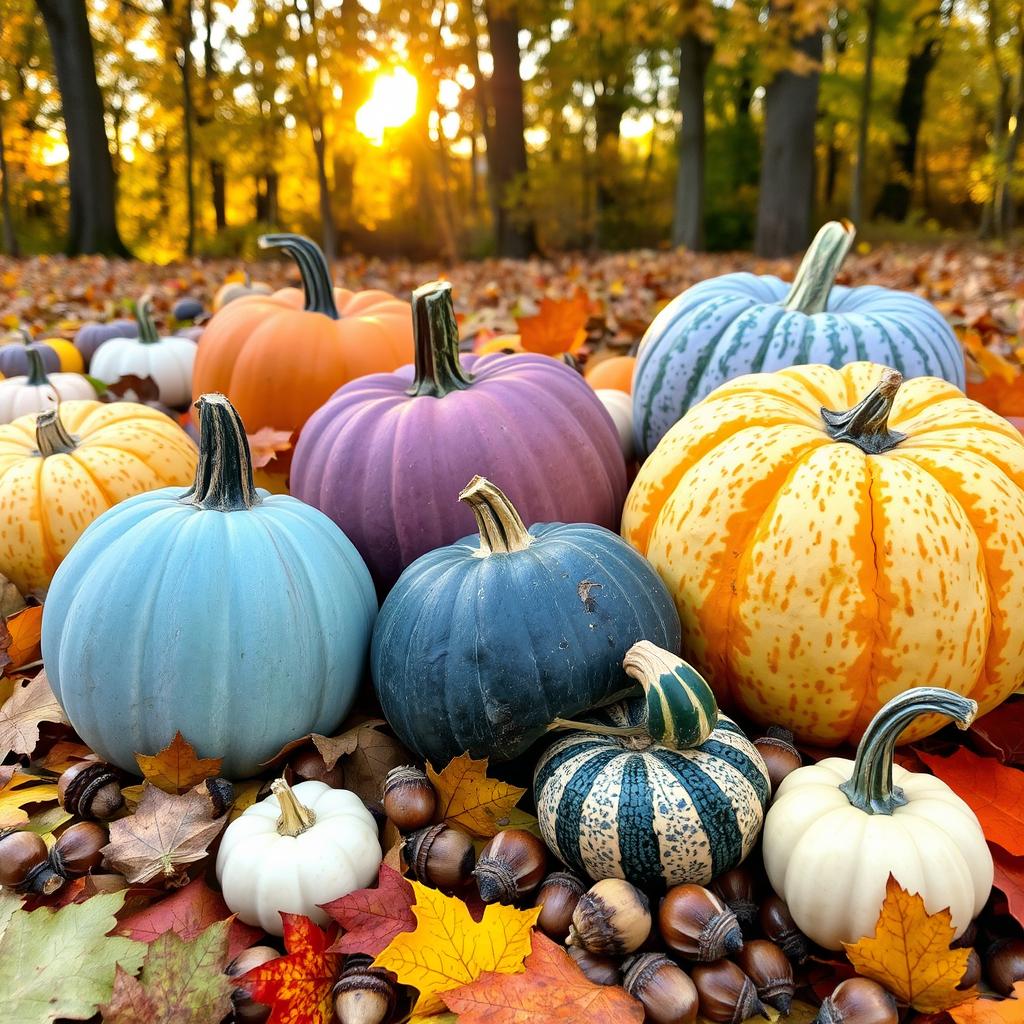
The main goal is to make sure all kids feel included and celebrated. By finding new ways to celebrate Halloween, we can make it a happier time for everyone. Let’s work together to make Halloween welcoming for all.
The blue pumpkin movement helps the community understand and support children with autism or special needs. This ensures all kids can join in Halloween fun. It also builds a sense of belonging and inclusivity for everyone.
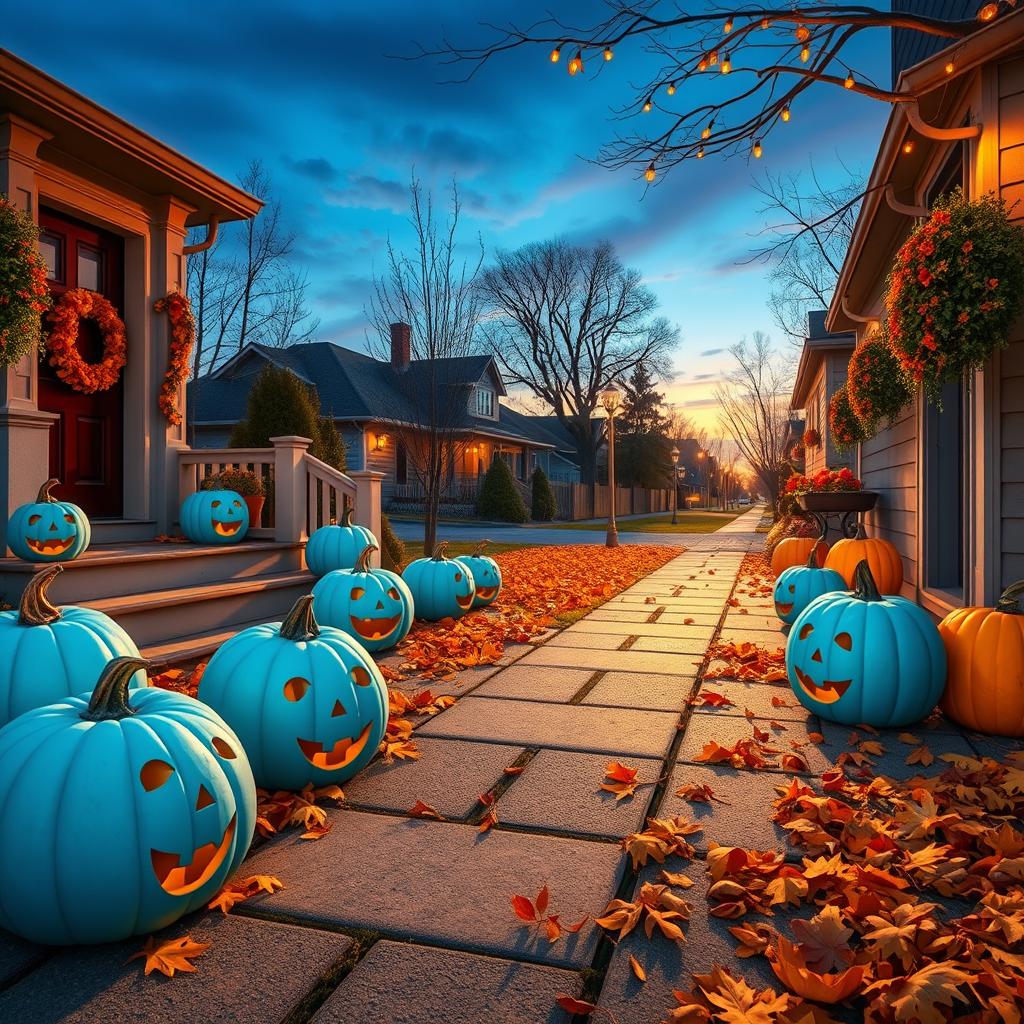
Conclusion
The blue pumpkin initiative can change Halloween for kids with autism and special needs. It aims to make trick-or-treating fun for everyone, no matter their abilities. This movement shows how kindness can change lives in our communities.
By using blue pumpkins, we can make Halloween more welcoming for kids with autism and special needs. It helps us understand their challenges and promotes respect for all children. This way, we can make a real difference in their lives and create a sense of belonging.
We must keep the blue pumpkin movement going to bring about lasting change. Together, we can make sure every child feels celebrated and included. The blue pumpkin initiative is a shining example of how compassion can transform our communities.
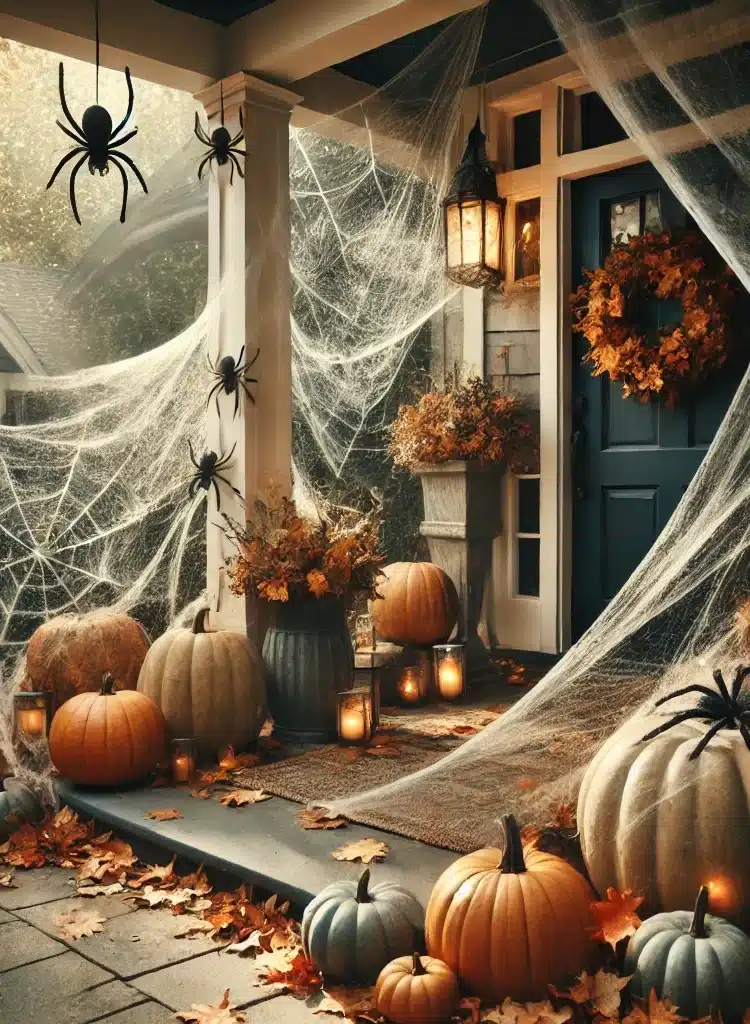
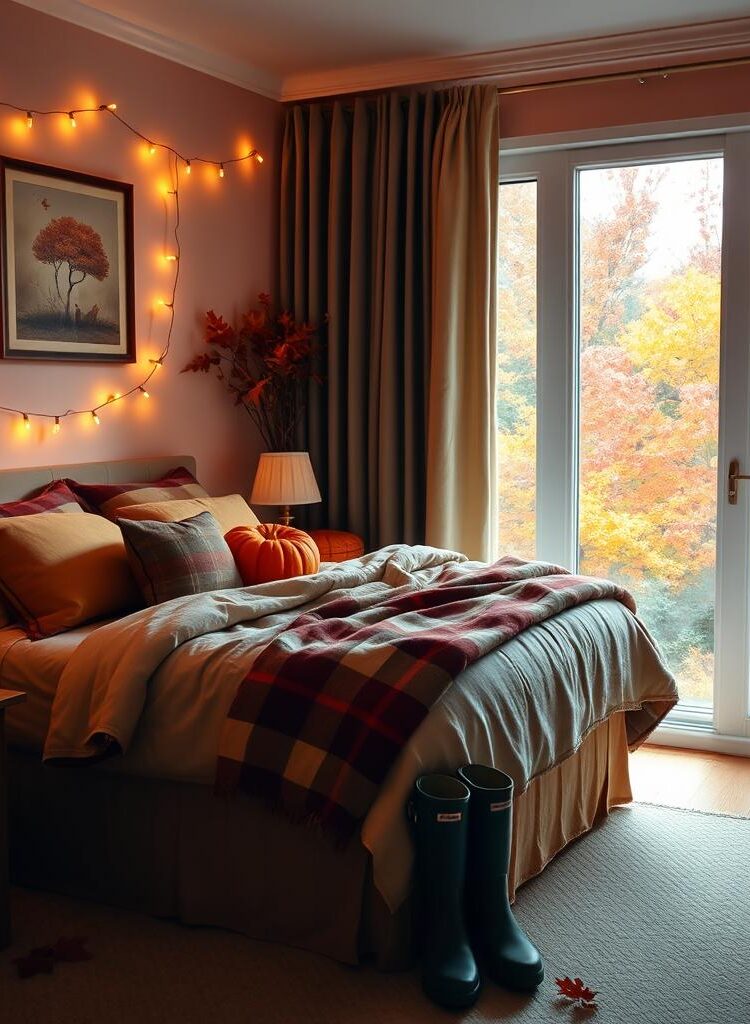
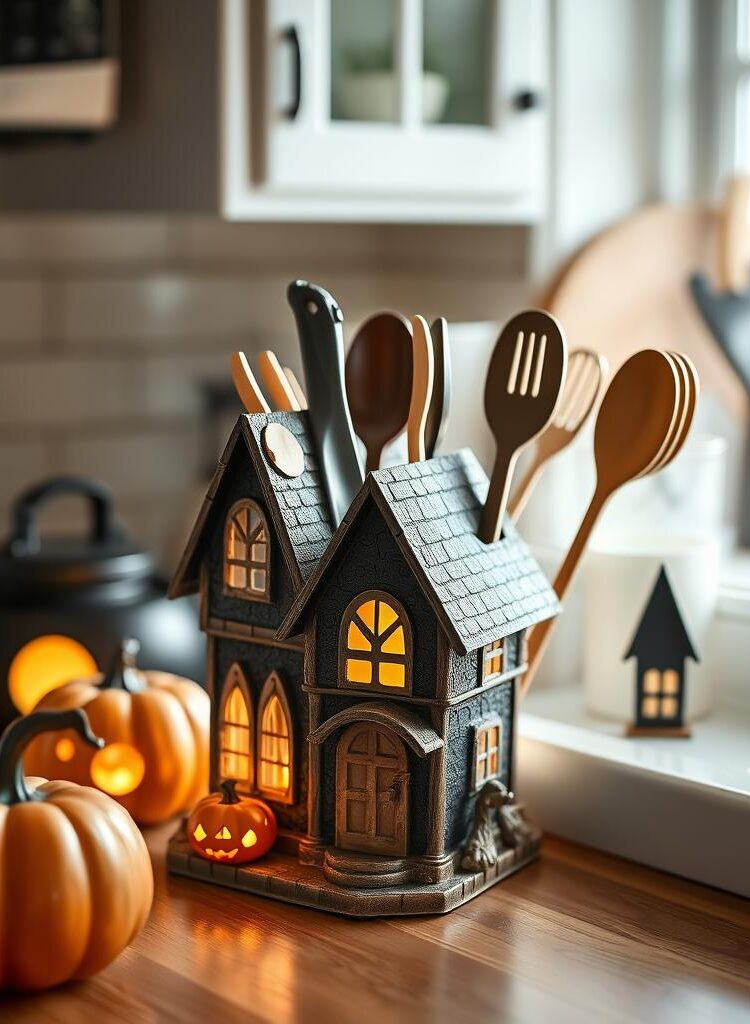

Leave a Reply